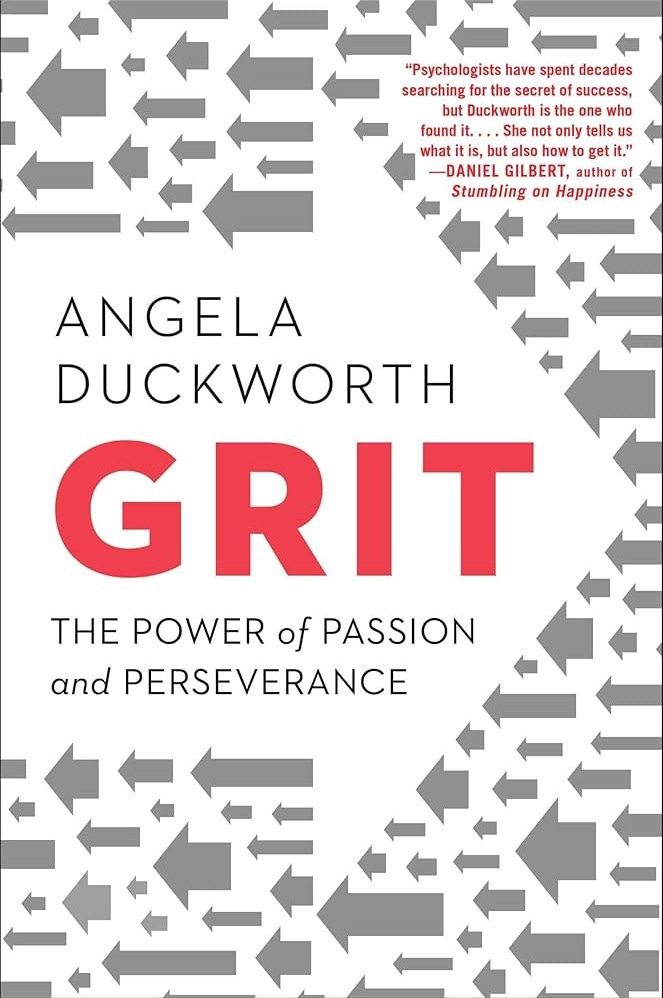In the fast-paced world of business, communication is more than just exchanging words—it's about influence, mindset, and strategy. One technique that has quietly but powerfully transformed conversations is dovetailing. At its core, dovetailing uses the word "and" to bridge thoughts, avoid resistance, and guide people toward constructive, solution-focused thinking.
The Role of "And"
“And” is an unassuming word, but its impact is profound. It’s inclusive. It doesn’t negate what came before—it builds on it. Unlike “but,” which can feel confrontational or dismissive, “and” unifies. In conversation, especially in performance coaching or sales strategy, this small shift can completely alter the trajectory.
Consider this example:
“I think you could raise your sales by 20% because of how good you are. And I think about how you're going to go about doing that.”
This statement does three things:
Validates the person – by recognizing their potential.
Invites strategic thinking – “how you're going to go about doing that.”
Keeps the tone positive and forward-moving – triggering the brain to consider solutions instead of problems.
Dovetailing vs. Confrontation
Let’s contrast this with a more direct, confrontational approach:
“Why aren’t your sales at 120%?”
While it may seem like a reasonable challenge, it often provokes a defensive response. The brain shifts into protection mode—justifying, deflecting, or resisting—rather than into strategy or creativity. In essence, it shuts down the very thing you're trying to encourage: forward momentum.
Dovetailing does the opposite. It opens a door.
Activating the Brain with Specificity and Positivity
When you ask someone, “What are the first two things that come to your mind?” you're doing more than gathering input. You're guiding them into specificity, ownership, and action. You’re triggering their strategic brain in a positive way. They begin to build a plan rather than defend their past.
This is especially powerful in sales coaching, leadership, and even personal relationships. Instead of creating a gap and pointing to it, dovetailing builds a bridge across it.
The Anchor Effect
Psychologically, people often remember the last thing they hear in a conversation. That’s the anchor. When your anchor is a hopeful, empowering, forward-looking thought—“and here’s what’s next,” or “and I believe you can make this happen”—you leave the person with confidence and clarity, not criticism.
Why This Matters
Dovetailing isn’t just about being “nicer.” It’s a strategy for better outcomes. It enhances emotional intelligence, encourages collaboration, and reinforces self-efficacy. When practiced intentionally, it changes conversations. More importantly, it changes how people see themselves.
And that is what drives transformation.
Suggested Book:











